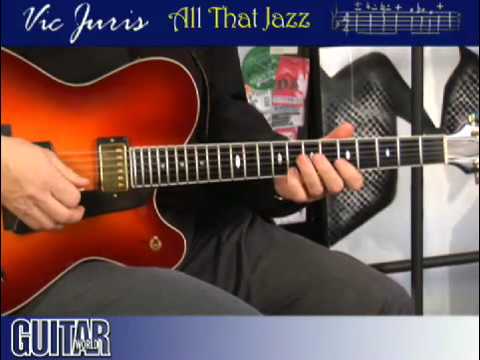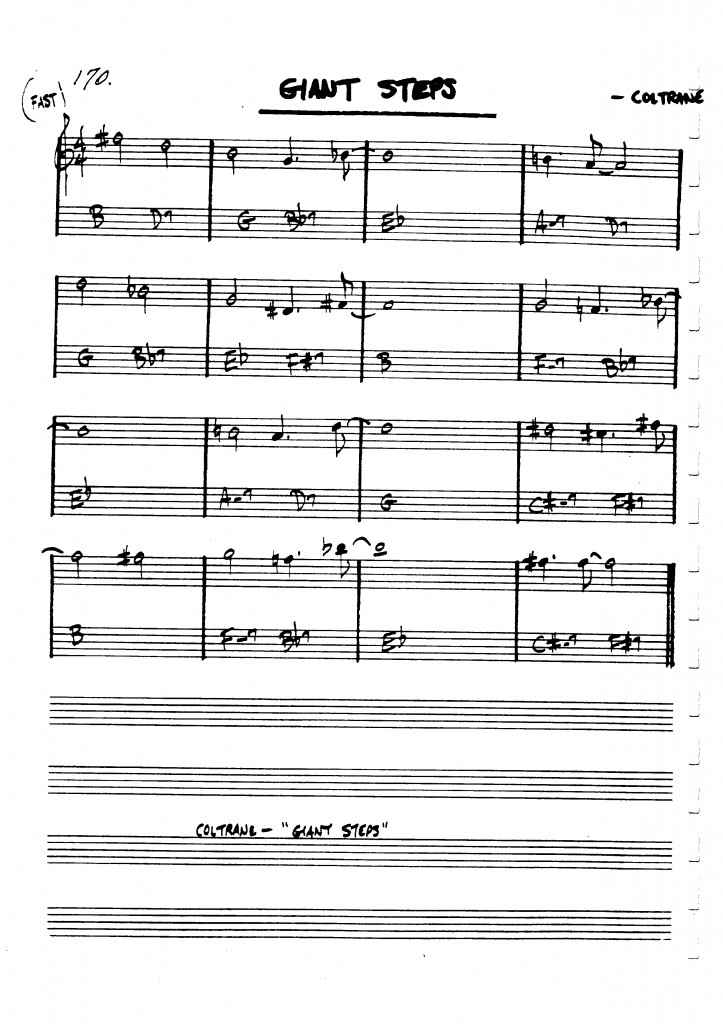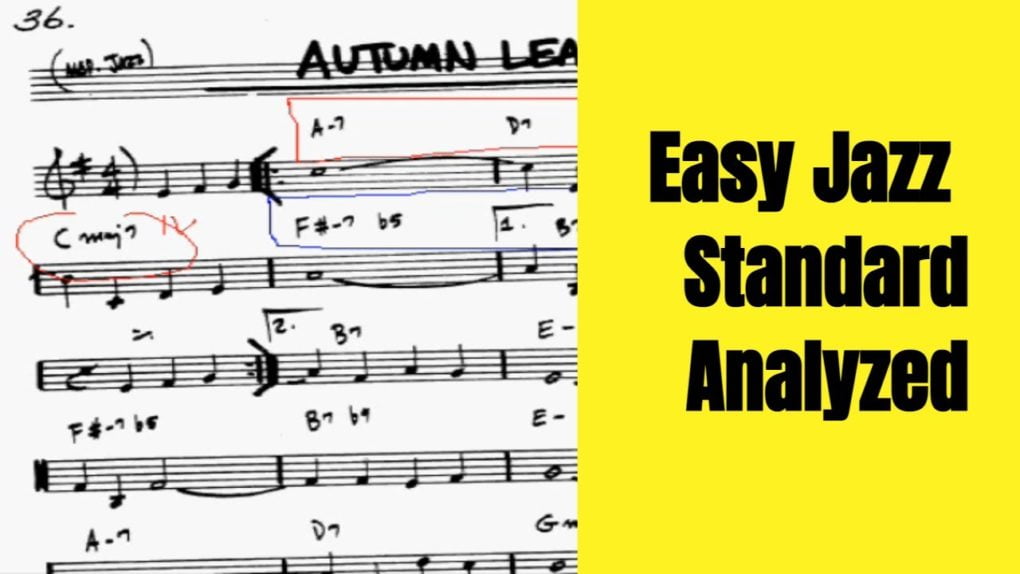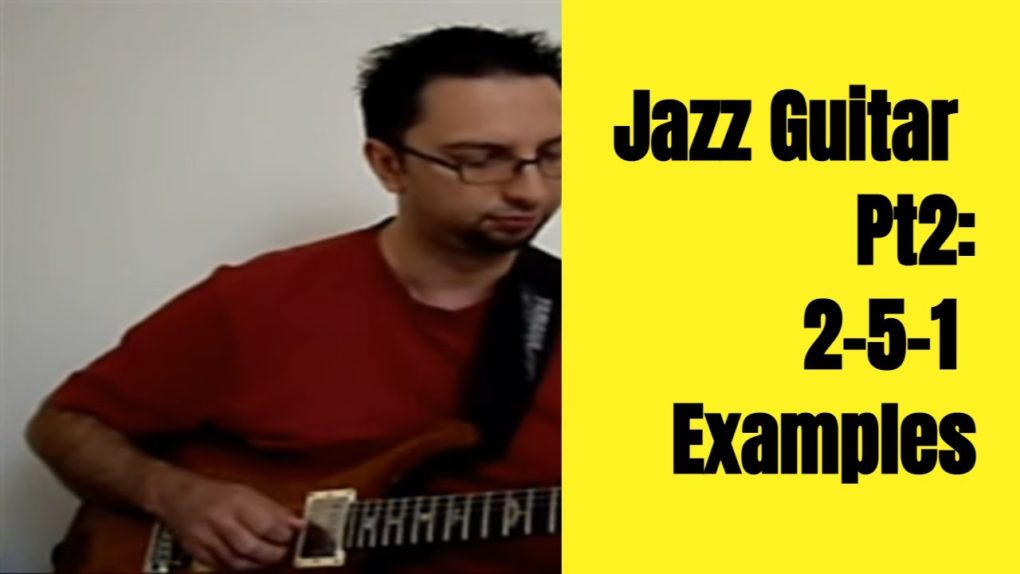I was lucky enough to study with Vic Juris in the early 90’s. Today I stumbled into a couple of great lessons on youtube and I wanted to share them with you. He is a great jazz guitarist, if you don’t know about him, check out his music: http://www.myspace.com/vicjuris
In this lesson he talks about some very cool (and incredibly easy) applications of the standard box pentatonic shape:
Here he talks introduces his book Modern Chords:
Advanced Harmony for Guitar (Mel Bay’s Private Lessons)
I cannot recommend enough to check out this incredible musician!




